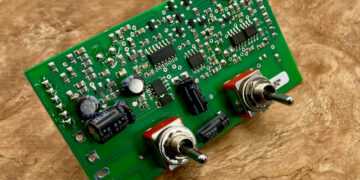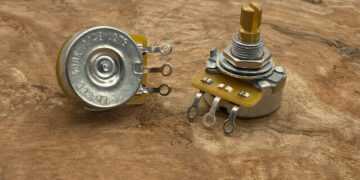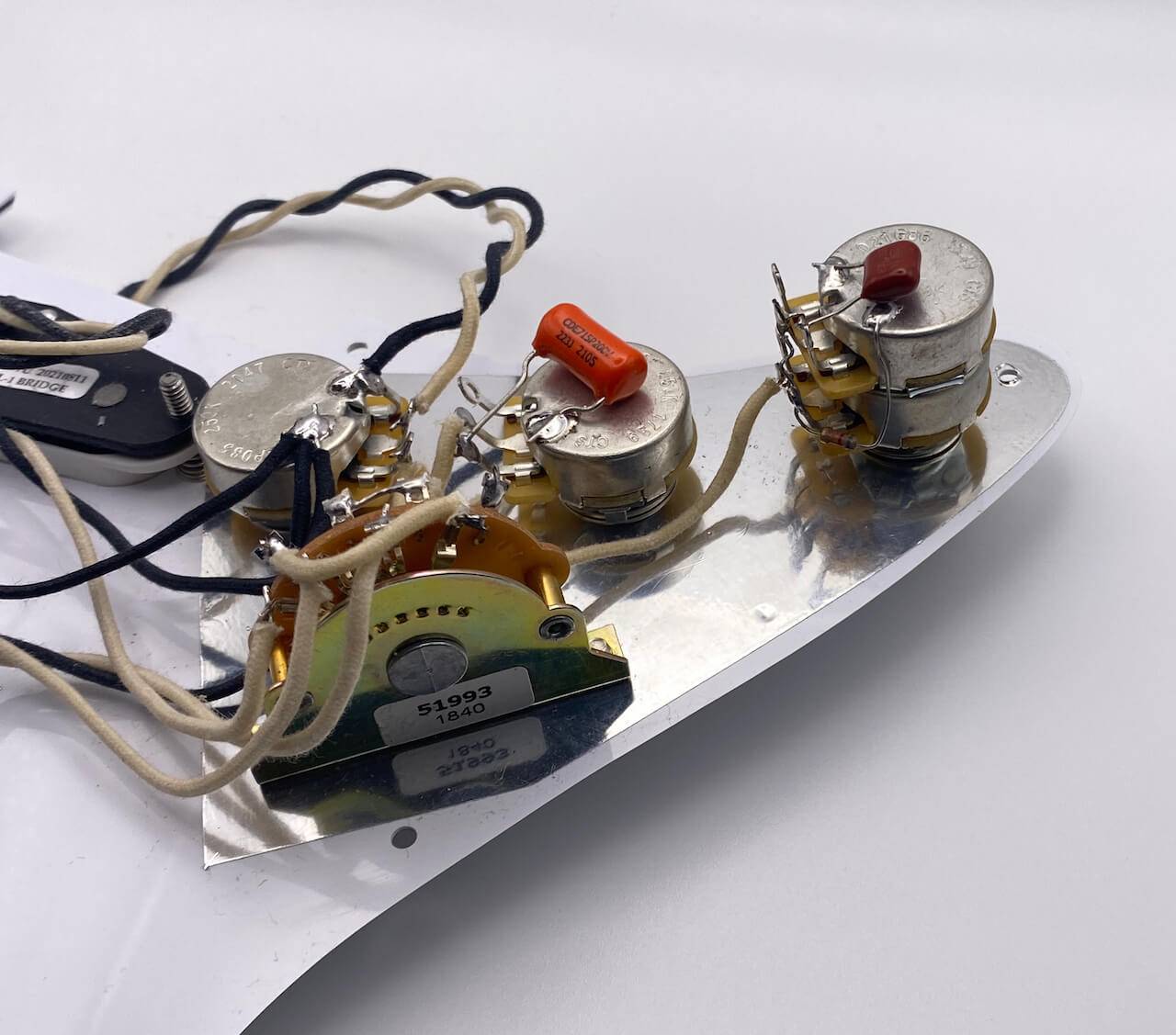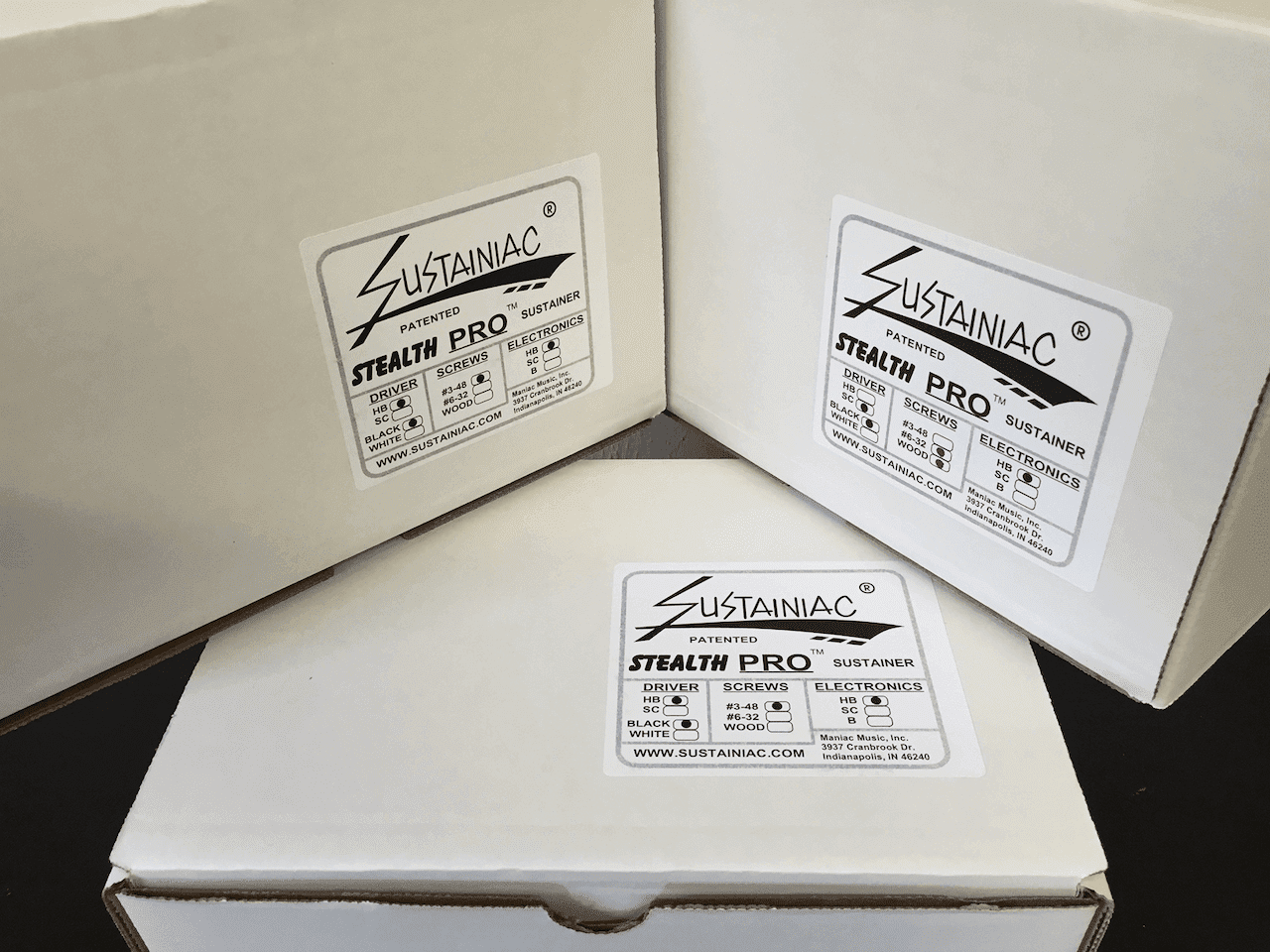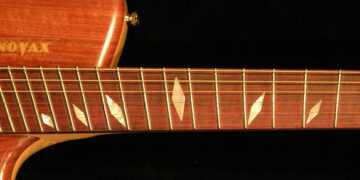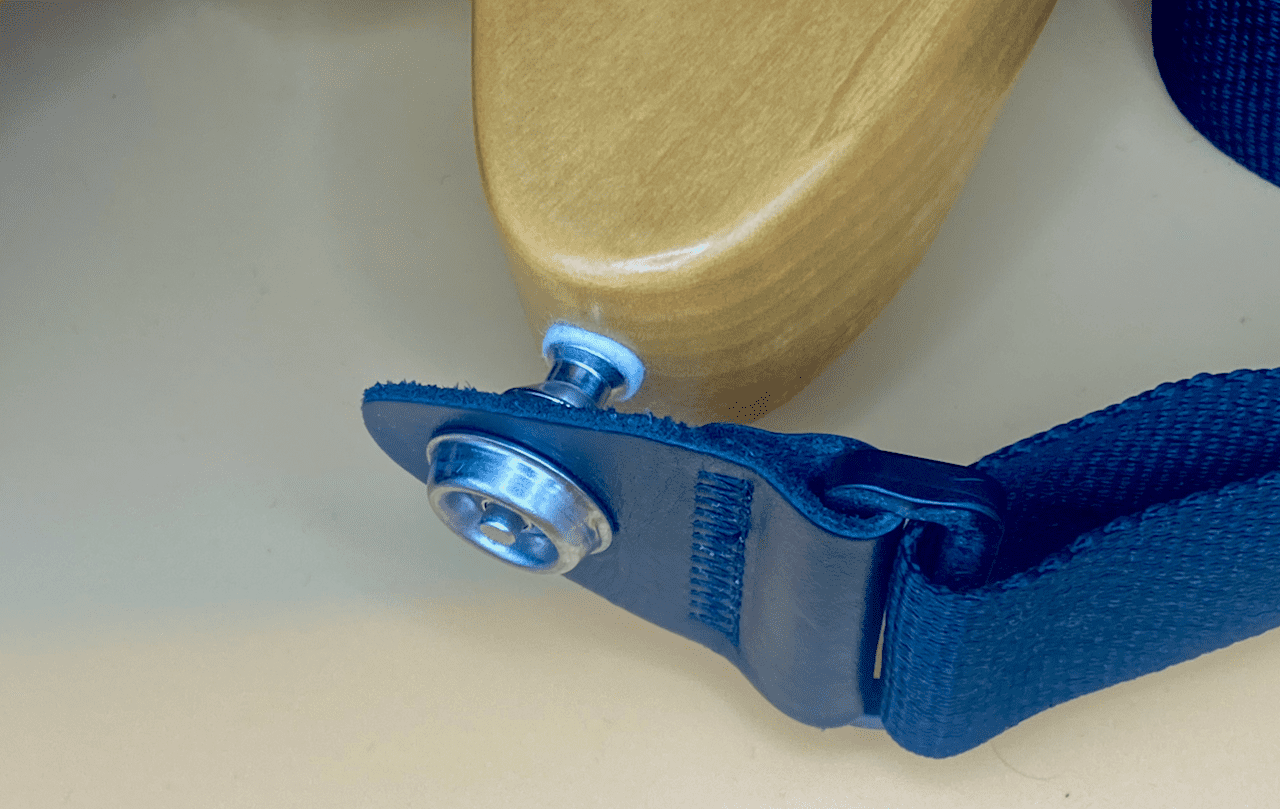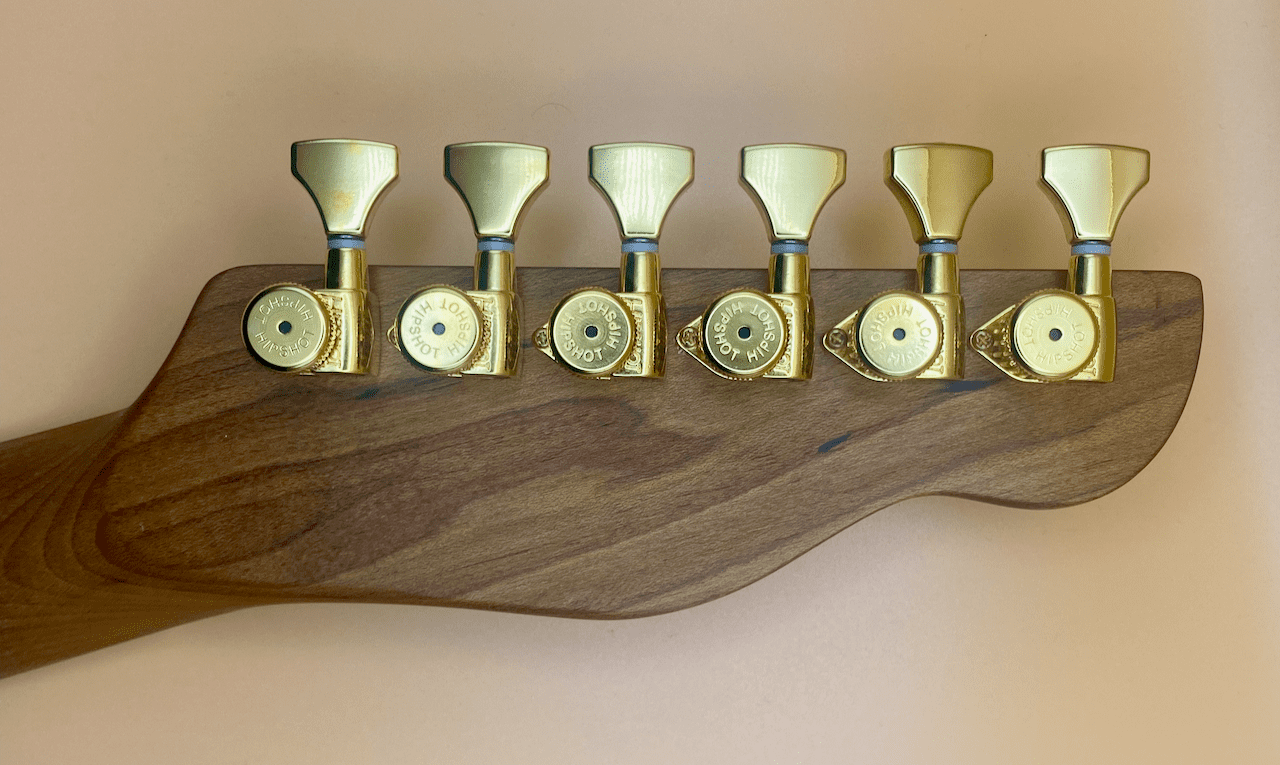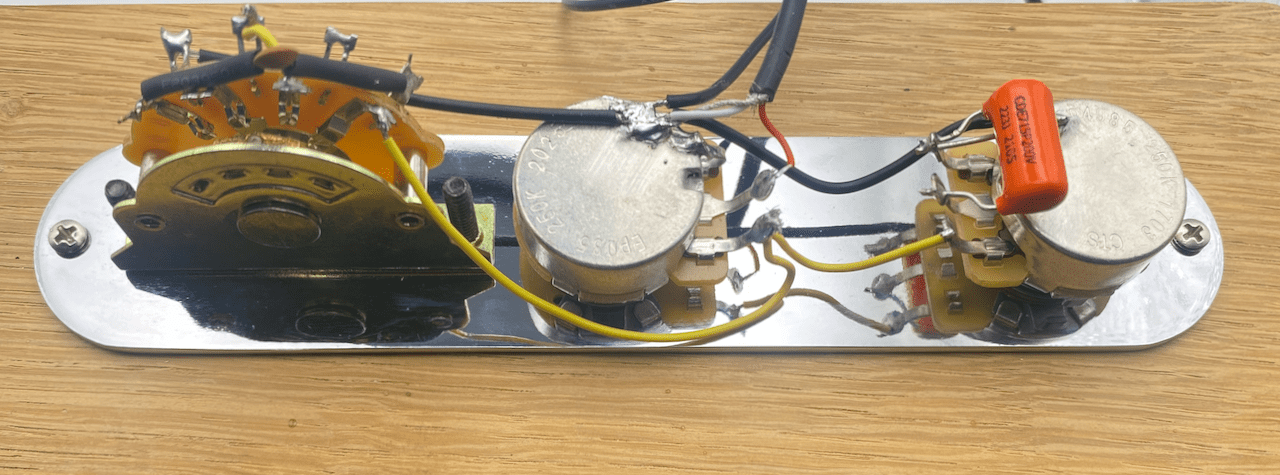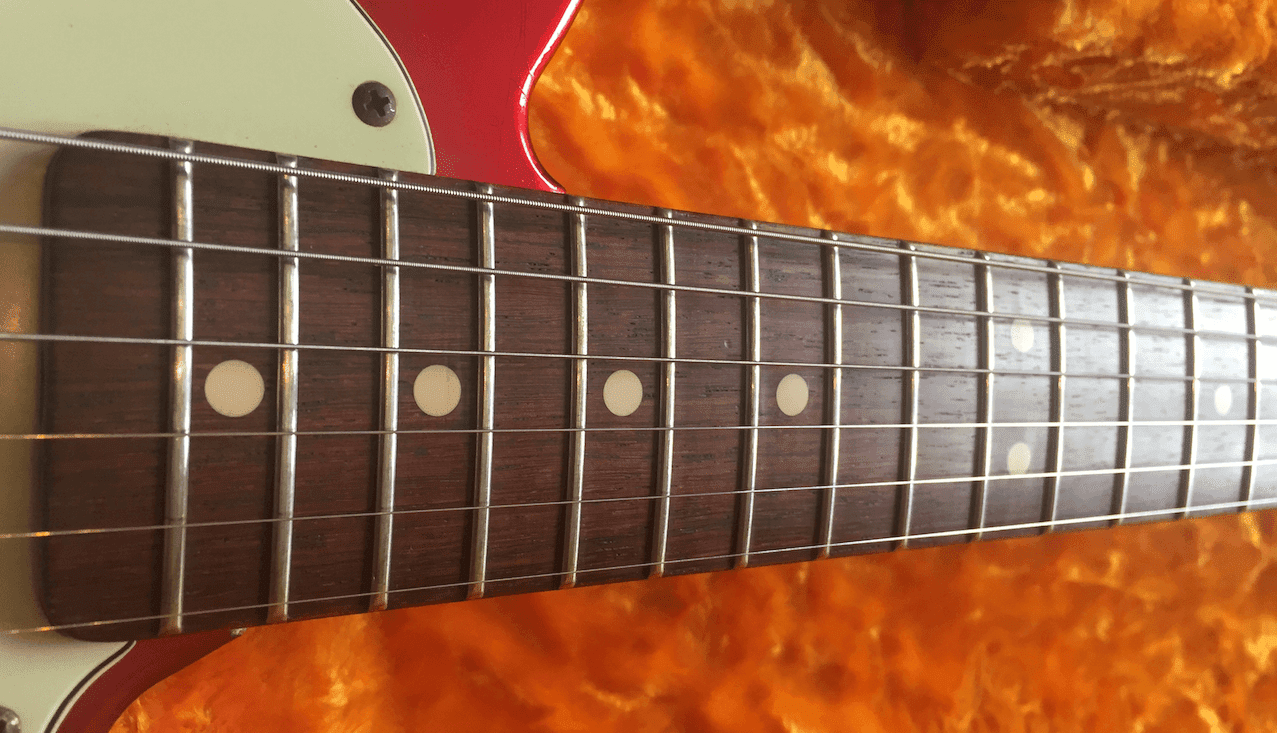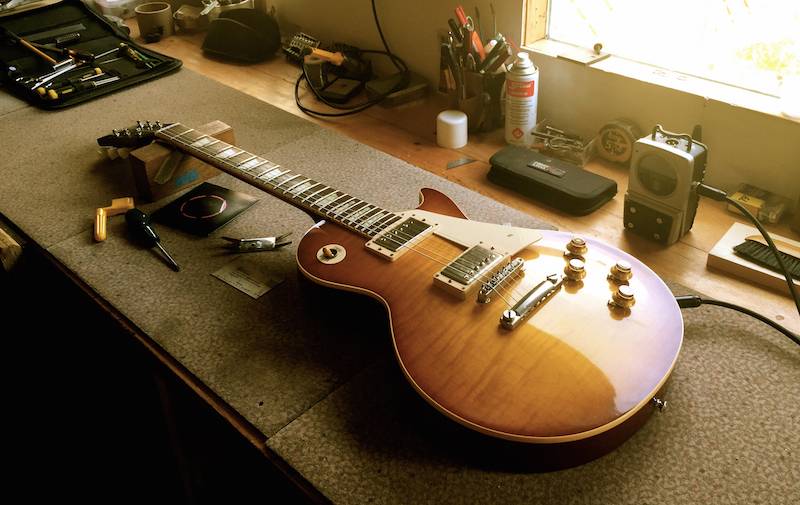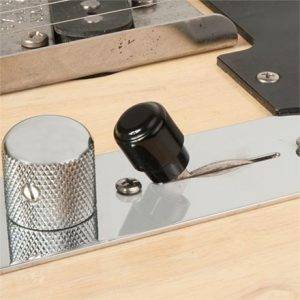When looking to upgrade the lever switches in your guitars, two names often rise to the top in any search. CRL and Oak Grimsby.
So what’s the difference? Both switches are made by Electroswitch Electronic Products. The CRL is made in the USA, While the Oak Grigsby are made Mexico.
The construction varies slightly, with the CRL switch fitted with a tension spring return feature.
A lot of guitar manufacturers will use CRL switches in their high end models, especially if they are made in the USA due to a slightly better build quality. But the Oak Grigsby switches have been made for over 50 years, so they’re no slouch! You are more likely though to find Oak Grigsby switches in higher end Asia-made instruments, due to their slightly lower manufacturing costs and the much larger variety of witches they produce.
Both switches have 2 poles. The CRL is offered in a 3 or 5 position option.
The Oak Grigsby however has many more variations. 3, 4, 5 and even a 6 position, 2 pole switch. They also manufacture a 5 position ‘Superswitch’ in either a 4 pole, double wafer or a 2 pole single wafer variation.
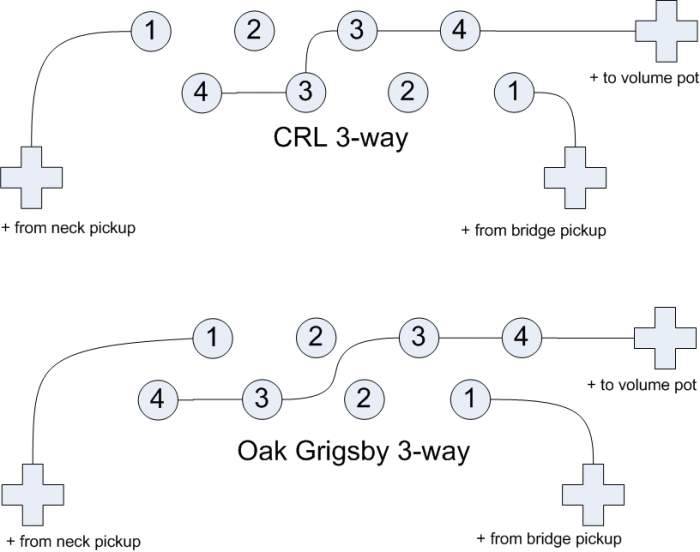
The main thing that can catches people out when fitting these switches is the wiring. The solder lugs on each switch are opposite to each other. If you hold the switch so that the wafer is to the right, you will see the difference between the two switches.
The CRL switch has the lugs starting at the outer top right. This stagger change was made in 1994. while the Oak Grigsby switch has the lugs starting on the top left. This can cause a particular head-ache when it comes to following a wiring diagram.
So let's look at the two types of lever switches and how they work.
At the moment, we’re just going to look at the standard switch. The “Superswitch” variations will be covered here.
Each pole has a Common and three position terminals (or sometimes 4 in the case of a 4 way or 6 way switch). As you move the lever into each position, one or more of the terminals connects to the Common lug. This gives you your switch positions. In the case of a Telecaster style guitar, a 3-way switch allows you to connect each pickup to it’s own pole on the switch. A wire the jumpers between the two poles in the middle position, allowing you to use both pickups at the same time.
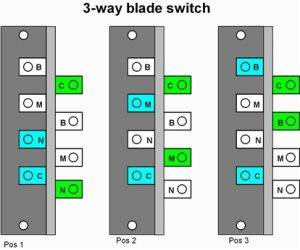
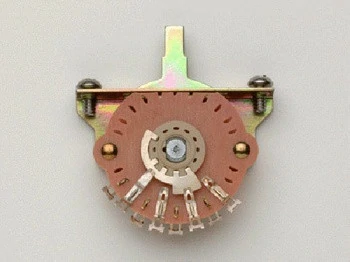
The biggest difference between the 3 and 5 way switch for example, (apart from the extra indents in the mechanics of the switch) is that the lever has a wider contact plate connected to the wiper. This means that in positions 2 and 4 on a 5-way switch, the plate is spanning to contact lugs. This allows you to bring in two pickups into one switch position.
This allows, in the case of a 3 pickup guitars, for you to wire each pickup to the same pole on the switch and move between each combination easily. Tone controls can then be wired into the other pole, allowing them to be added or removed in various switch positions if needed.
As long a you understand how the switch lugs are staggered. Adjusting any wiring diagram is straight forward. The Common lug and switch lugs on each pole do not change. It simply comes down to which way round the stagger is laid out.
Other Variations of Lever Switch
The most notable and possibly newest lever switch variation on the market comes from Freeway. They have produced a ‘banked’ 3 and 5 way switch, giving you 6 and 10 possible position respectively. This addition can really open up a lot of pickup switching possibilities that would otherwise require some clever soldering to achieve.

